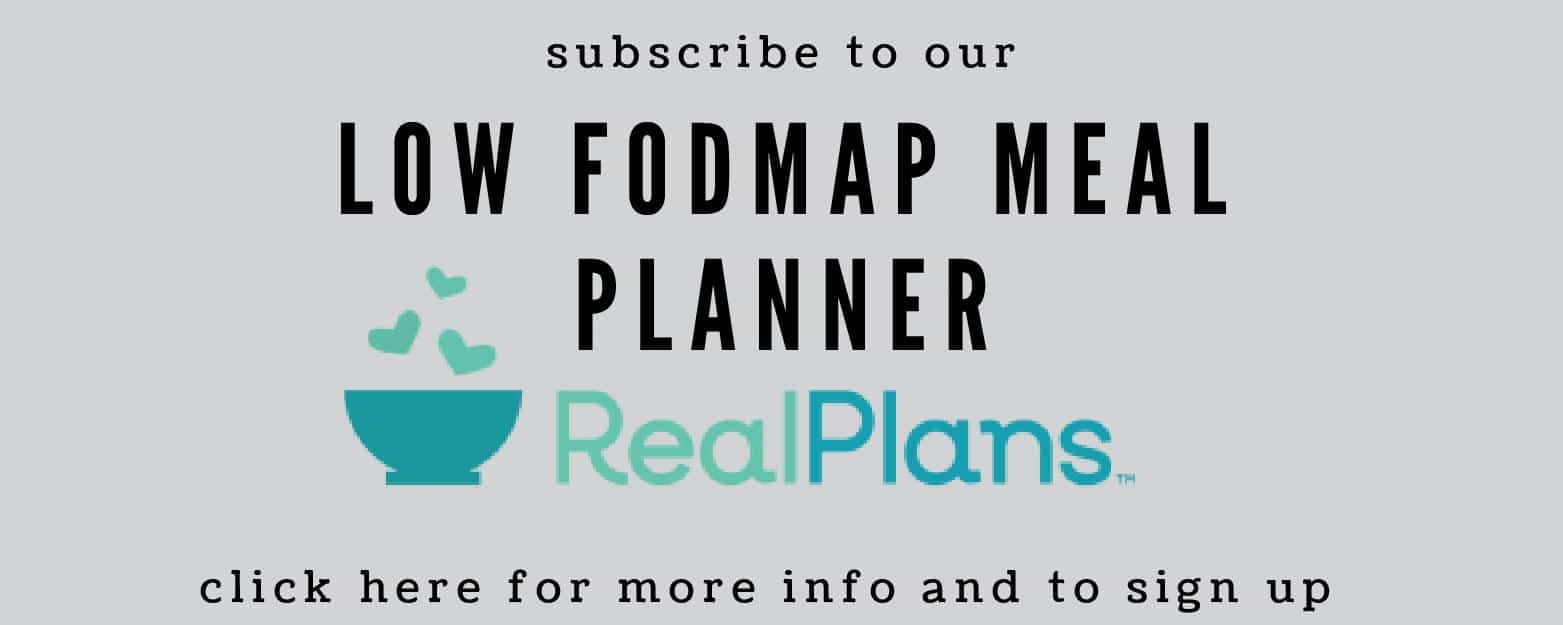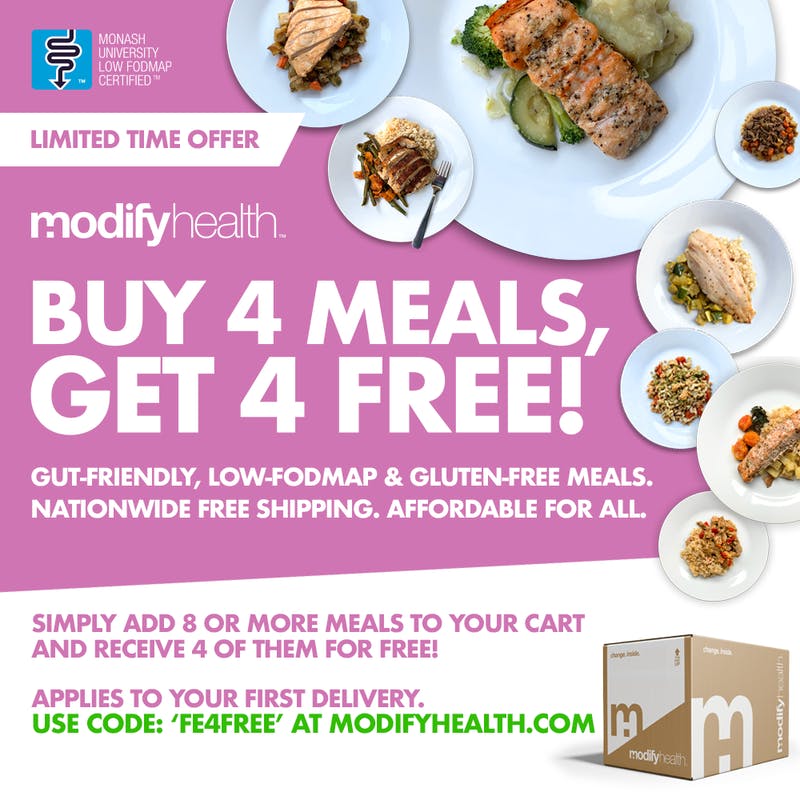When I sit down with clients to audit their emergency preparedness plans, there’s always one overlooked area: the pantry. Everyone thinks about flashlights, generators, and bottled water—but food? That’s usually an afterthought. And yet, your pantry could be the lifeline that carries you through a power outage, economic disruption, or even a months-long crisis.
As someone who has advised both individual families and local emergency response units, I can tell you that canned staples are non-negotiable. They’re shelf-stable, nutritionally sound, and require zero refrigeration. The key is knowing which ones to stock—and why.
So, if you’re building a pantry for “just in case,” here are the 17 absolute best canned goods I recommend you keep on hand. This isn’t just about survival—it’s about staying nourished, sane, and functional when life gets disrupted.
Canned Tuna (in Oil or Water)

If you want something high in protein and low in fuss, canned tuna is your pantry MVP. Tuna packed in oil offers more calories (which matters when rations are tight), while water-packed versions are leaner. It’s perfect straight from the can, or tossed into crackers, salads, or pasta.
Shelf life: 2–5 years
Why I recommend it: Low-cost protein with a long shelf life and versatile meal uses.
Canned Salmon

This one is a powerhouse—loaded with omega-3s, vitamin D, and calcium (if you get the bone-in version). It’s a protein source that doesn’t rely on a freezer or fridge, and it’s surprisingly filling.
Shelf life: 2–5 years
Pro tip: Bone-in salmon gives you a calcium boost you’d otherwise lose in an emergency diet.
Canned Chicken

Clients with kids often ask for something lean and familiar. Canned chicken is just that—lean, fully cooked, and mild in flavor. It’s great in sandwiches, soups, casseroles, or even cold.
Shelf life: 2–5 years
Best used when: You want real meat with zero prep or refrigeration required.
Canned Ham or Roast Beef

This is what I call “main meal meat.” It’s calorie-dense, satisfying, and feels like a proper dinner. You can eat it cold or heat it up if you’ve got a portable stove.
Shelf life: 2–5 years
Crisis scenario: Need to stretch one can for multiple people? Pair it with canned potatoes or beans.
Canned Sardines or Mackerel

Don’t underestimate these small fish. They’re loaded with protein, healthy fats, and micronutrients. Plus, they’re already cooked and flavored in many varieties—mustard, hot sauce, and tomato.
Shelf life: 2–5 years
Expert insight: “Canned oily fish is one of the most nutrient-dense emergency foods on the market,” says registered dietitian Lindsey Pine, RD. “It stores well, satisfies hunger, and helps with brain health during times of stress.”
Canned Beans (Black, Pinto, Kidney, Chickpeas, Lentils)

I tell every client this: beans are your survival food. They’re plant-based protein, rich in fiber, and they fill you up. You can mix them with rice, meat, or eat them alone.
Shelf life: 2–5 years
Pro tip: Don’t forget a can opener—many brands still don’t come with pop-tops.
Baked Beans

More than just a side dish, baked beans offer a blend of protein, carbs, and calories—plus they’re already seasoned. During stress, a warm can of baked beans can feel like comfort food.
Shelf life: 2–5 years
Why it works: Zero prep and always satisfying.
Canned Chili (With or Without Beans)

I call this “pantry gold.” It’s a full meal in a can—protein, fiber, fat, and calories. Plus, it tastes good straight out of the tin.
Shelf life: 2–5 years
Emergency bonus: You don’t need spices or extra ingredients—it’s ready to eat.
Canned Soups and Stews

These are underrated. Go for hearty ones with meat, beans, and vegetables. The broth adds hydration, which is critical if water supplies are low.
Shelf life: 2–5 years
Pro tip: Avoid cream-based soups—they spoil quicker and are less nutritious.
Canned Vegetables (Green Beans, Corn, Peas, Carrots)

People often forget about vegetables in survival planning, but fiber, vitamins, and antioxidants are essential, especially in long emergencies.
Shelf life: 2–5 years
Expert insight: “Vegetables support immunity and digestion during stressful times—two systems that often suffer during emergencies,” says crisis nutritionist Dr. Olivia Tran.
Canned Potatoes or Sweet Potatoes

These starchy heroes offer energy, potassium, and vitamin C. They’re great for making meals more filling and can be eaten cold or hot.
Shelf life: 2–5 years
Why it matters: They bulk up any protein-based dish and help reduce hunger.
Canned Tomatoes (Diced, Whole, Paste, Sauce)

From stews to sauces, canned tomatoes are a pantry essential. High in vitamin C and lycopene, they’re more than just filler.
Shelf life: 1–2 years (they’re high-acid)
Use tip: Mix with canned beans or pasta meals for easy dinners.
Canned Fruit (In Juice or Light Syrup)

Fruits provide hydration and natural sugars that your body needs under stress. Choose options in juice, not syrup, to limit added sugar.
Shelf life: 1–2 years
Scenario example: No refrigeration? A cold can of peaches will still feel like dessert.
Canned Fruit Juice

This is more than a beverage. In emergencies, it provides calories, hydration, and vitamin C, especially important when fresh fruit isn’t available.
Shelf life: 1–2 years
FEMA reminder: Store at least one gallon of fluid (water or beverage) per person per day.
Evaporated or Shelf-Stable Milk

A lifesaver if you have children or need to cook. Adds protein, calcium, and fat. And you can use it in baking, cereal, or drinking.
Shelf life: 1–2 years
Use wisely: Mix with water to make it go further.
Canned Pasta Meals (Ravioli, Spaghetti, Mac & Cheese)

These ready-to-eat comfort foods are especially good for kids or picky eaters. No extra water or cooking needed.
Shelf life: 2–5 years
Food morale: Tastes like “normal life,” which is invaluable during high-stress periods.
Canned Broth or Stock (Chicken, Beef, Vegetable)

Essential for soups and stews, but also for rehydrating freeze-dried meals or adding warmth and hydration on cold days.
Shelf life: 1–2 years
Storage tip: Get low-sodium versions so you can add your own salt later.
Key Takeaways

When building your emergency pantry, don’t just throw cans in a box and call it a day. You’re building a system—a nutritional safety net. Here’s what matters most:
- Diversify your cans: Protein, carbs, veggies, and fruit should all be represented.
- Rotate stock regularly: Always use the oldest items first and restock frequently.
- Watch for can integrity: Rust, bulging, or dents near the seams? Toss them.
- Stay informed: FEMA recommends a minimum three-day supply of non-perishable food per person. I advise going for 14 days, minimum.
- Don’t forget water: FEMA’s rule of thumb is one gallon per person per day, for both drinking and food prep.
When the world outside gets unpredictable, your pantry shouldn’t be. The right canned goods can mean the difference between panic and peace of mind. And trust me, in a real emergency, that peace of mind is worth its weight in gold.
Disclaimer – This list is solely the author’s opinion based on research and publicly available information. It is not intended to be professional advice.
6 Best Jobs for Pregnant Women

16 Best Jobs for Pregnant Women
Pregnancy is a transformative and joyous period in a woman’s life, but it comes with unique challenges and demands. One of the most crucial aspects during this time is ensuring a healthy work-life balance.
Finding the right job during pregnancy is not just about earning an income; it’s about maintaining your health, well-being, and peace of mind.
12 Kitchen Hacks You May Not Know

12 Kitchen Hacks You May Not Know
Sometimes preparing meals and just dealing with food can feel like a bore and a chore, or just plain frustrating! We’ve got the best food hacks to pass down to you to get you in and out of the kitchen fast. Not more drudgery, and dare we say it, some of these hacks are kind of fun. Save money, too. Win-win!
Do you have a kitchen hack we should know about?





